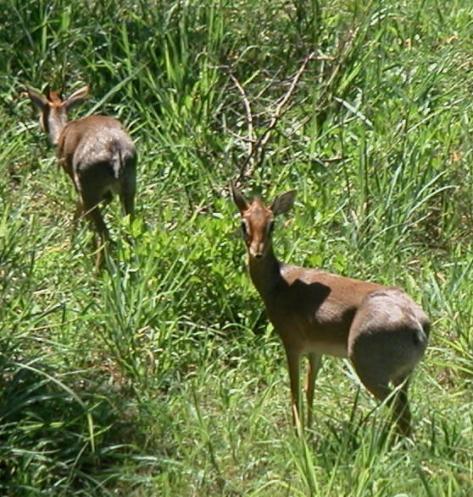
Where We Be
| Here come the rest! This herd must have recently taken a mud bath -- you can still see the rust-red soil coating them. |
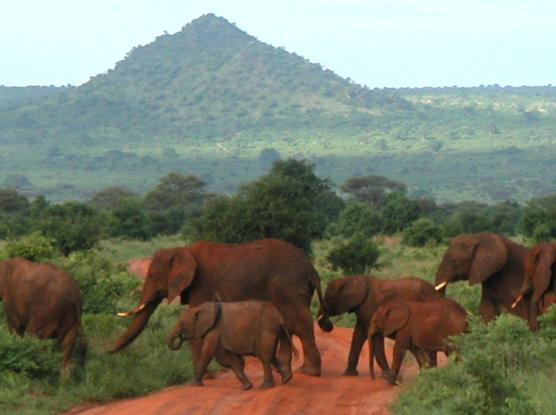
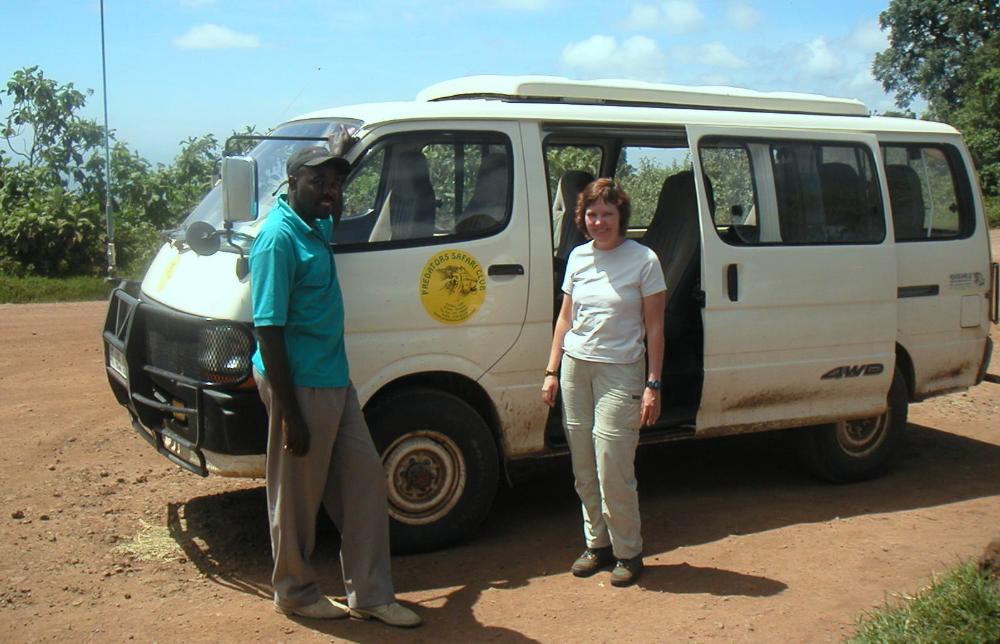
| The best time to visit Tarangire is during the dry season from June to October, when huge numbers of animals congregate along the Tarangire River. During our “off season” visit in January, we saw primarily elephant, giraffe, impala, and waterbuck -- and plenty of birds of every type and description. The park is home to over 550 species of bird -- an ornithologist’s paradise. |
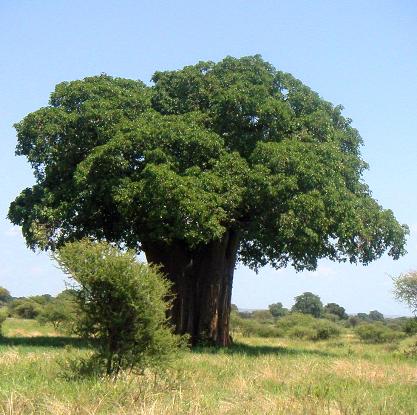
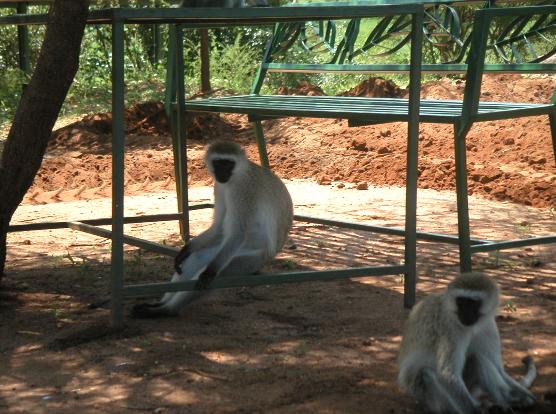
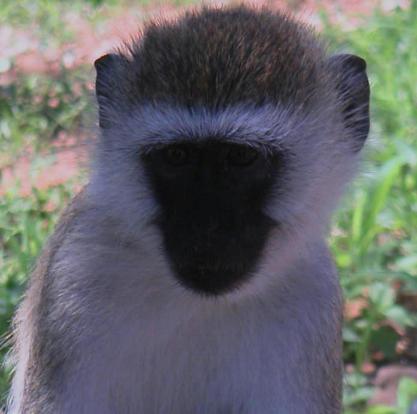
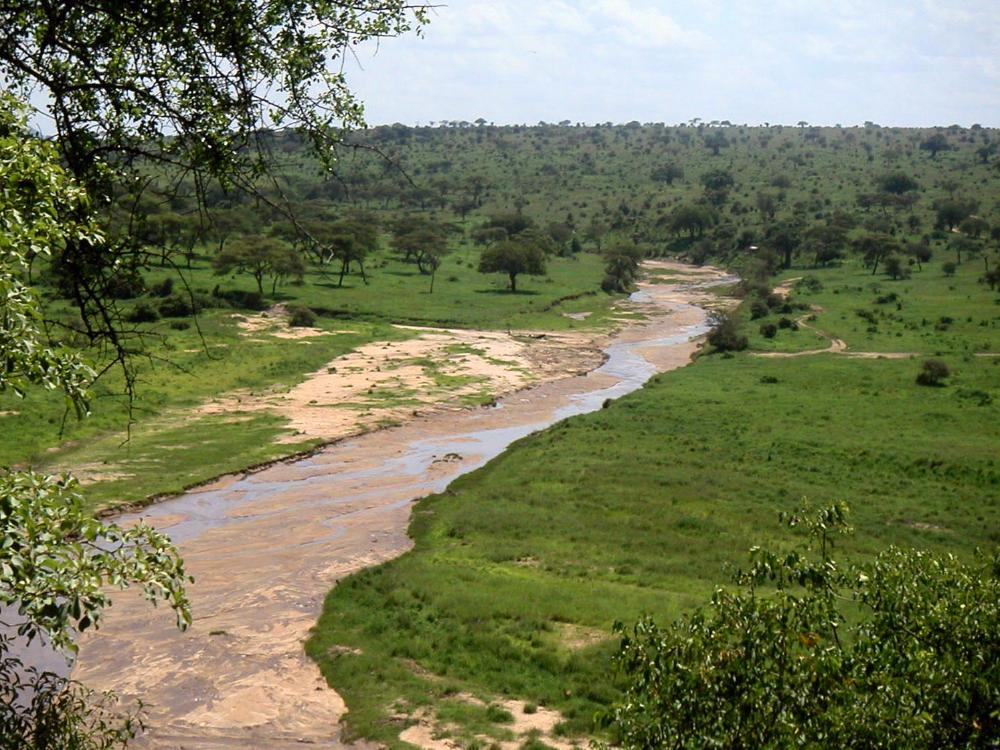
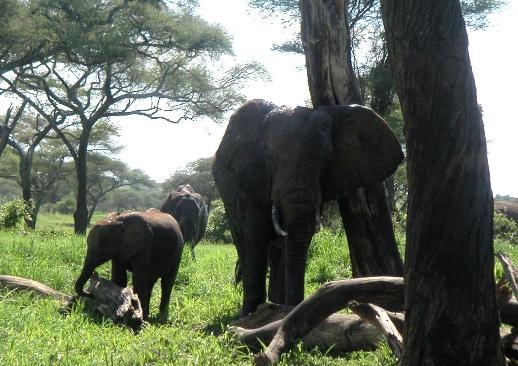
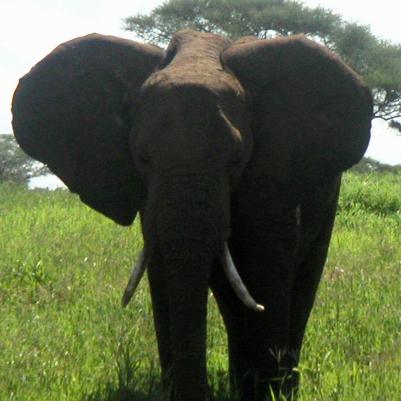
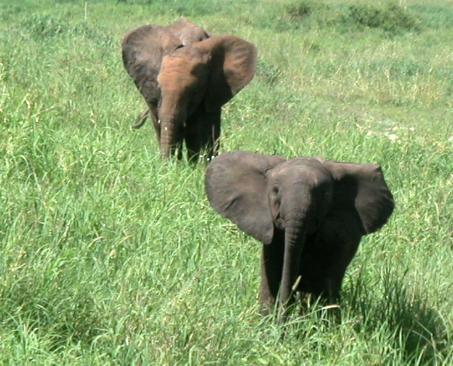
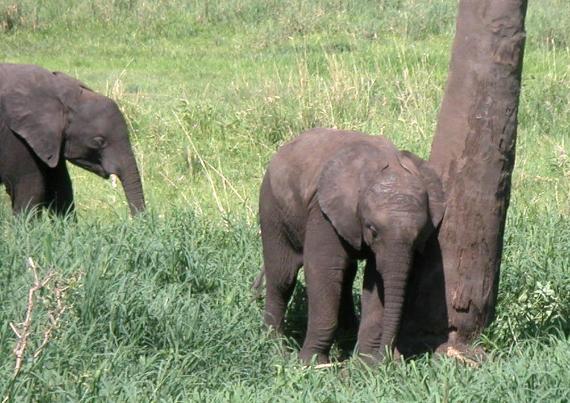
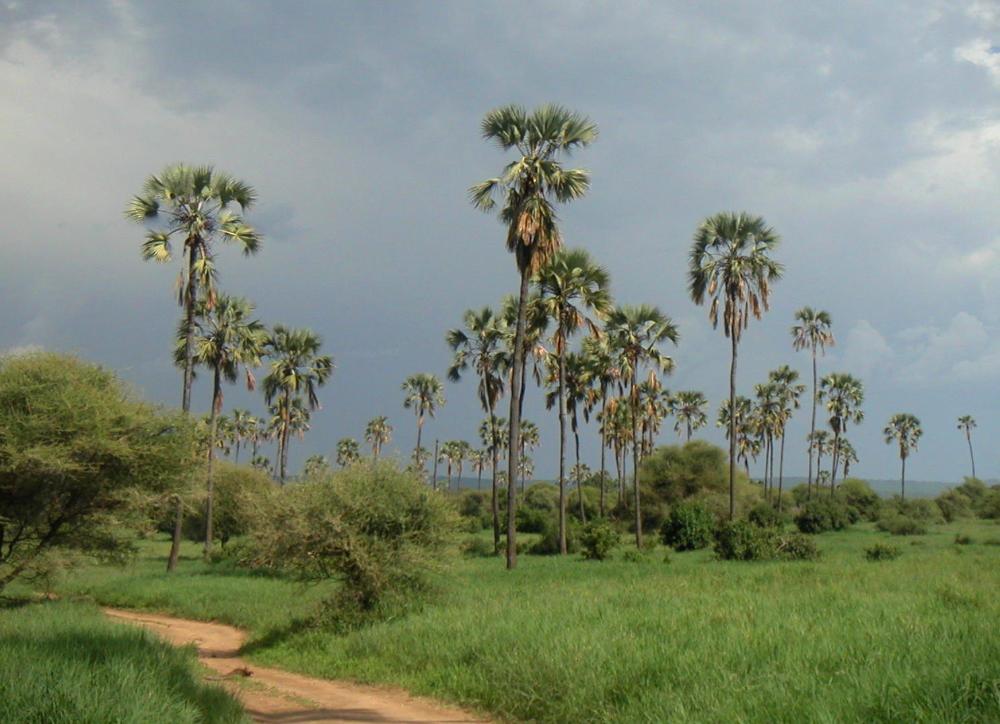
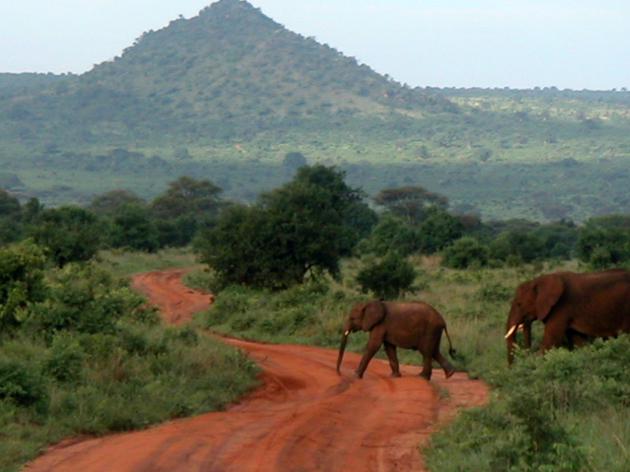
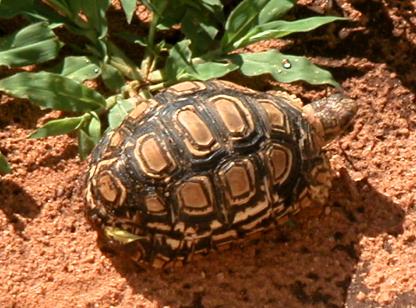
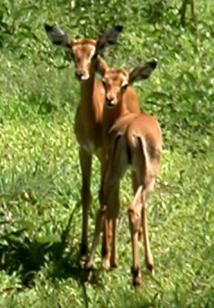
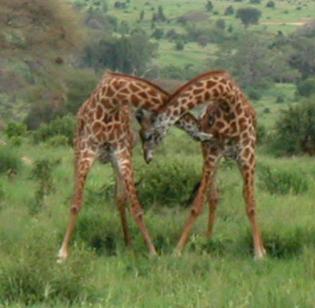
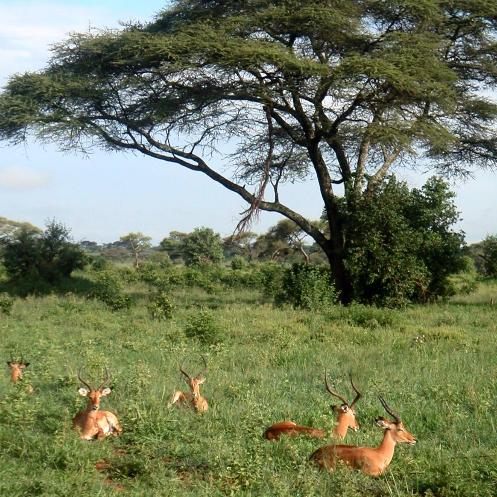
| Tarangire National Park, Tanzania |
The first thing you notice as you enter Tarangire
National Park is the large number of baobab
trees that dot the gently rolling countryside.
These enormous trees look like gigantic
broccoli spears. They dwarf any animal resting
or grazing below them. We found the park
green and lush compared to the Masai Mara.
Tarangire is known primarily for its large
elephant population, and it didn’t disappoint.
We estimate we saw 300 elephant in one day.
Some were at a distance, in large herds of fifty
or more, others in smaller herds of a dozen or
so. We saw many bull elephants foraging solo.
Near midday we came upon a herd of about 40
elephant grazing next to the road. Our guide
Fideles pulled up among them and turned off
the ignition. One over-protective mother twenty
feet away seemed close to charging. Fideles,
hand on the ignition, muttered “Don’t you do it,”
and she went back to grazing after a moment.
Before long elephants literally surrounded our
vehicle, crossing the road before or behind us
to feed on tufts of lush grass growing by the
roadside. You could hear them ripping out the
shafts with their trunks, gathering two or three
large trunkfuls before taking a bite.
National Park is the large number of baobab
trees that dot the gently rolling countryside.
These enormous trees look like gigantic
broccoli spears. They dwarf any animal resting
or grazing below them. We found the park
green and lush compared to the Masai Mara.
Tarangire is known primarily for its large
elephant population, and it didn’t disappoint.
We estimate we saw 300 elephant in one day.
Some were at a distance, in large herds of fifty
or more, others in smaller herds of a dozen or
so. We saw many bull elephants foraging solo.
Near midday we came upon a herd of about 40
elephant grazing next to the road. Our guide
Fideles pulled up among them and turned off
the ignition. One over-protective mother twenty
feet away seemed close to charging. Fideles,
hand on the ignition, muttered “Don’t you do it,”
and she went back to grazing after a moment.
Before long elephants literally surrounded our
vehicle, crossing the road before or behind us
to feed on tufts of lush grass growing by the
roadside. You could hear them ripping out the
shafts with their trunks, gathering two or three
large trunkfuls before taking a bite.
| A young elephant confidently leads the way across a red-soil road at Tarangire National Park |
| Enormous baobab trees provide a home to countless birds and animals at Tarangire |
| We stopped for lunch at a picnic area where baboons and vervet monkeys prowled about, looking for an easy meal. When Fideles headed back to the van for a moment, a vervet monkey sidled close to our picnic table, feigning disinterest, only to make a sudden sideways leap in our direction. He snatched at Fideles’ brown paper lunch bag at the same moment I grabbed onto it and held on. The monkey cried “Ack!” in frustration and bounded away. |
| The adorable baby elephants steal the show every time -- they're so fun to watch! |
| These palm trees surprised us; we didn't expect to see palm trees in Tanzania for some reason |
| Tarangire is known for its large elephant population, and it didn't disappoint -- we estimate we saw 300 elephant in one day |
| We spied this small leopard turtle by the side of the road |
| Dik-dik are the tiniest of all antelope; they're barely bigger than a large hare. They live in monogomous pairs near brushy woodland where they can hide. It’s said that when a dik-dik dies, its mate dies of a broken heart. You almost always see them in pairs. |
| Our driver Fideles showed us all around Tanzania for ten wonderful days. Once again we lucked out and were the only two passengers even though we had paid for a group safari. |
| Add these to the "almost great" photos that came out slightly blurry -- grrr! |
| This is a bachelor group of impalas. The hornless females form herds of 10 to 50 and wander in and out of male territories. If they start to leave, the male herds them back. When a territorial male begins to lose weight from his frantic activity, he is defeated and must return to the bachelor group to recuperate! |
